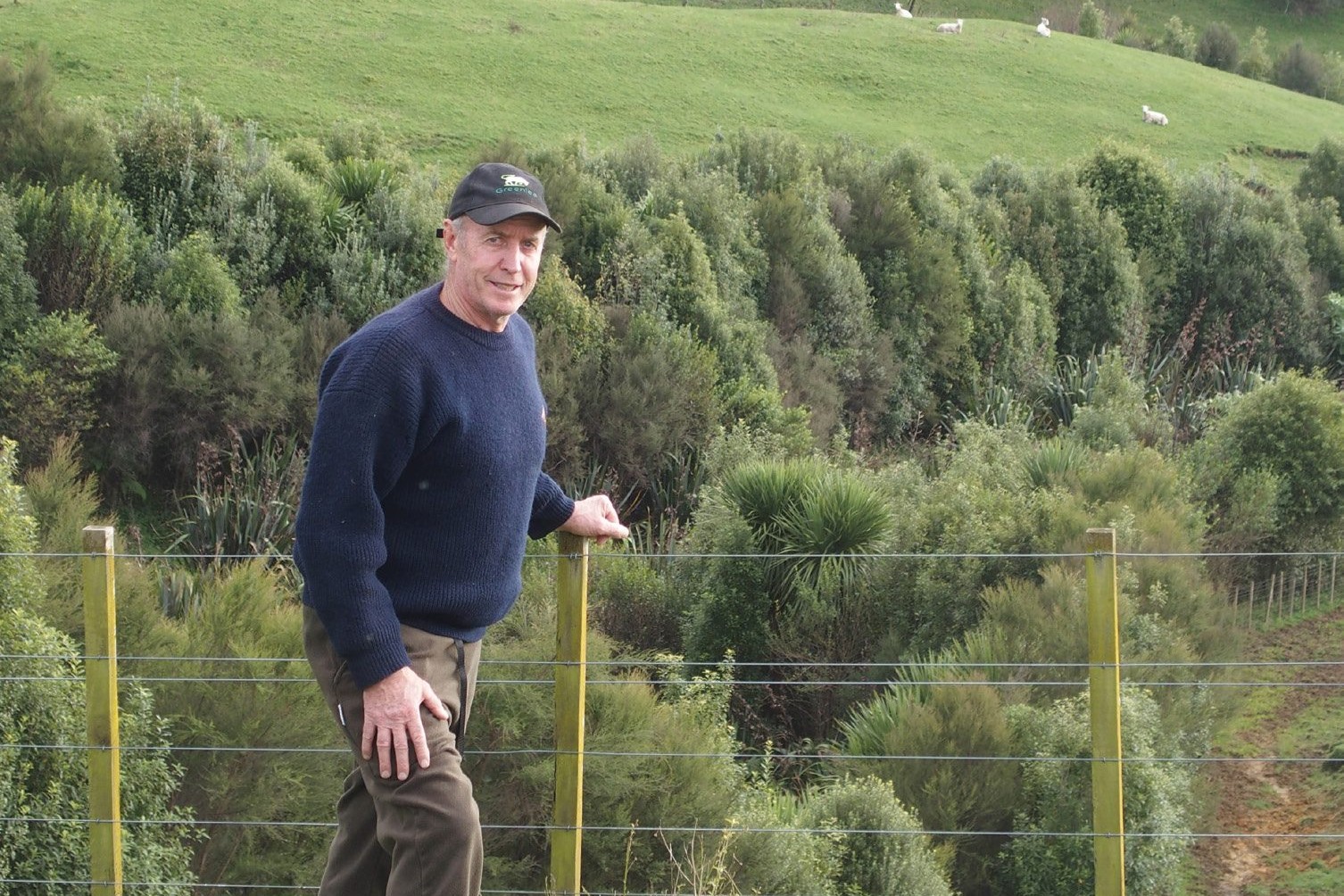Calculator works out the numbers
Sheep and beef farmers are being encouraged to make use of Beef + Lamb New Zealand’s greenhouse gas calculator to get an understanding of their farm’s emissions number.

Sheep and beef farmers are being encouraged to make use of Beef + Lamb New Zealand’s greenhouse gas calculator to get an understanding of their farm’s emissions number.
Under He Waka Eke Noa, the primary sector’s commitment to reducing greenhouse gas (GHG) emissions, 25% of farmers are required to know their farm’s greenhouse gas numbers and have a written plan in place to manage their emissions by the end of this year.
By the end of 2022, every farmer is expected to know their farm’s GHG number.
B+LNZ’s chief insights officer Jeremy Baker says the GHG calculator was developed as a user-friendly tool to help farmers measure both their emissions and sequestrations and he is encouraging farmers to make use of it.
“This is not a regulatory tool, rather it helps farmers get an understanding of where they are in terms of emissions and when used in conjunction with the organisation’s farm plan, it can help farmers take steps to manage their emissions and improve efficiencies to drive productivity and profitability.”
He stresses that the information generated through the calculator is the property of the individual farmer and cannot be accessed by anyone but the user.
Baker says knowing and managing farm GHG emissions is critical for NZ’s future as a trusted provider of sustainable food.
“Front-footing this demonstrates to the NZ public and our customers that we are serious about managing our impact on the climate.”
Bay of Plenty farmer Rick Burke says the calculator confirmed what he had suspected, that their farm was close to being carbon neutral.
Burke says it took him about half an hour to come up with the number.
“It was really straightforward, surprisingly easy.
“It’s a great first step for farmers to get a feel for their number.”
It helps to have stock numbers (available on Cash Manager, Xero or other financial management tools) on hand before starting the calculations along with areas of trees, remnant bush, hedges and plantings and wetlands.
Because Burke is a case study farmer for the NZGHG Research Centre, he already had a stock-take of all the vegetation and wetlands on his farm, so he had that information before he started. But he believes it is a good idea for farmers to do a vegetation stock-take anyway, particularly if they want to be part of the Emissions Trading Scheme in the future.
Burke believes that when coupled with the farm plan, the GHG number will help farmers see where they are at in terms of emissions and where they can make improvements.
The sheep and beef sector has a seriously good story to tell because farmers have, over recent years, been reducing methane emissions by driving efficiencies.
On his own 295-hectare farm, Burke and partner Jan Loney have halved their sheep and beef farm’s emissions while nearly doubling their profit.
This has been done by driving efficiencies; improving pasture quality so they are able to finish stock faster on less drymatter. Of the 295ha, 162ha is in pasture and the balance is in exotic forest, native trees, regenerating bush and wetlands so they are also able to offset their emissions.
- Supplied by B+LNZ.




